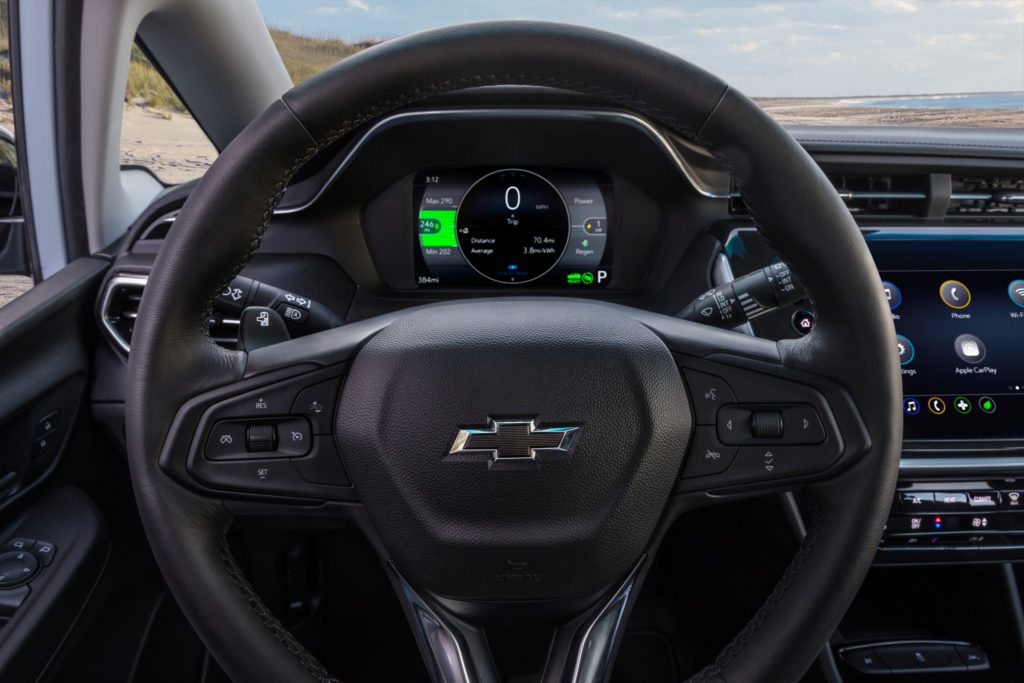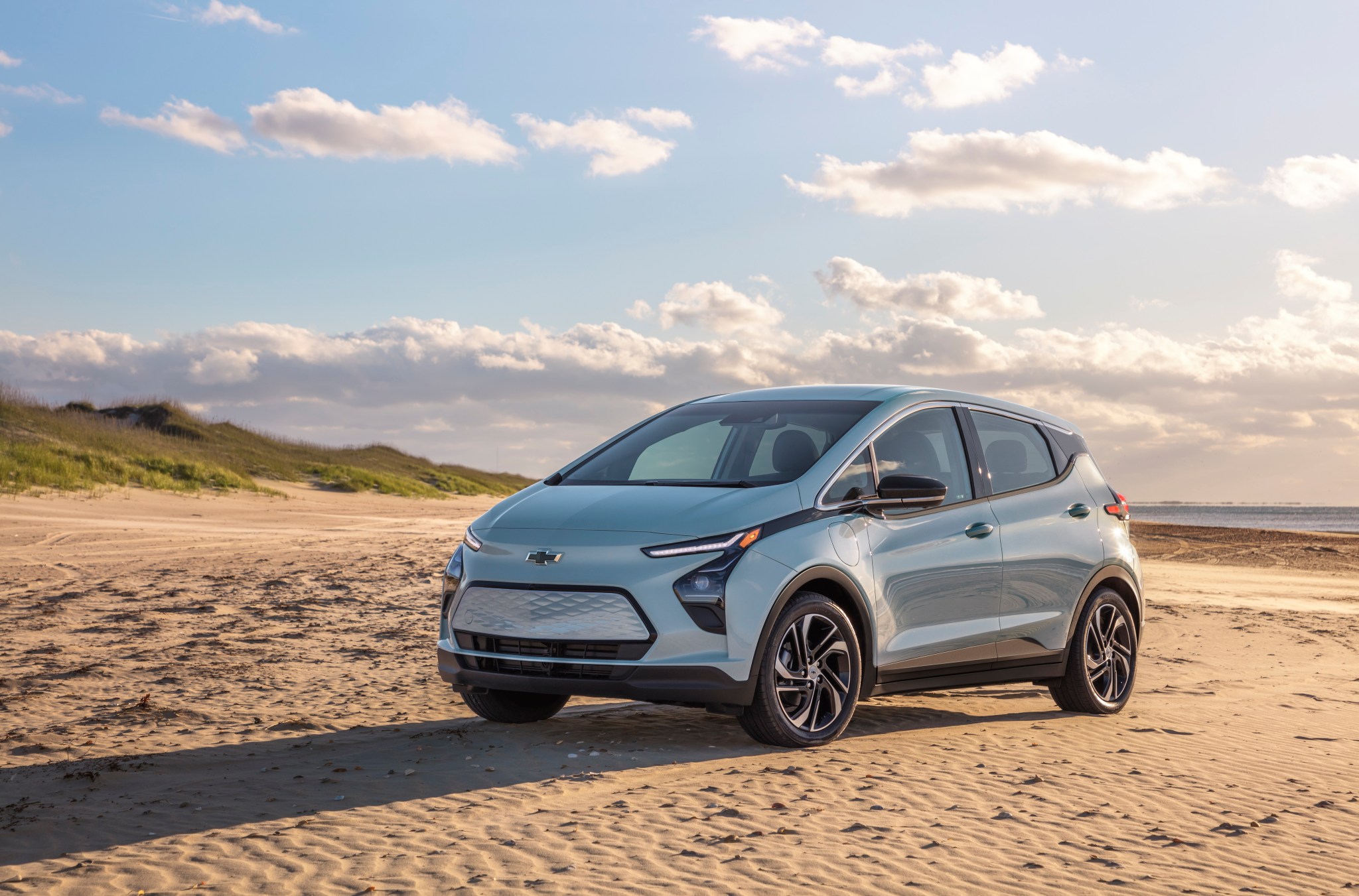Chevrolet presented its upcoming redesigned 2022 Chevrolet Bolt EV and all-new Bolt EUV crossover last week, announcing that both will offer General Motors’ Super Cruise “hands-free” semi-autonomous driving technology. However, we are now learning that it may not be as capable as the tech seen in some of GM’s other vehicles.
A recent report from GM Authority suggests that the Bolt’s version of Super Cruise tech will not come equipped with the Automated Lane Change feature. A feature that has already been introduced in several Cadillac models.
GM’s Super Cruise is capable of allowing the car to drive on its own on certain highways without the need to keep both hands on the wheel. However, drivers of the new Bolt will need to take hold of the wheel when it comes time to change lanes with the absence of Automated Lane Change.

Currently, there is no driver-assistance system that is advanced enough to allow complete self-driving, even if that’s what they call it. For instance, Tesla and its Full Self-Driving: although is technically not true autonomous driving, Tesla has proven that its FSD technology is capable of navigating a vehicle in different conditions with little to no human intervention. Although they’ve named it Full Self-Driving in its journey of hopefully becoming so, the EV giant continues to reiterate that the software must be used responsibly, with an alert driving paying attention to the road and the vehicles surroundings at all times.
The reason behind the absence of Automated Lane Change in the Bolt is due to the fact that its platform isn’t able to support it. In order to enable the feature, the Bolt would need to sit on GM’s new Vehicle Intelligent Platform (VIP), or Global B architecture. Unfortunately the redesign did not include putting the Bolt EV or EUV on the Global B architecture as they are still on the old Global A platform. Something GM is probably regretting now. According to GM Authority, although the Bolt is technically a “new” vehicle, it’s mechanically similar to the old model, and the same can apparently be said about the redesigned Bolt’s tech features.

